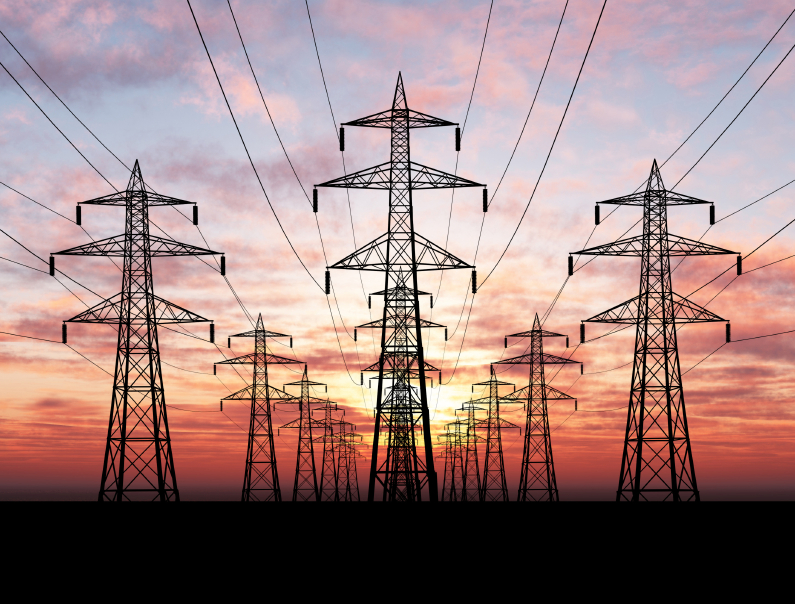New, little-seen report warns the nation’s power infrastructure is increasingly vulnerable to physical attacks
03/29/2018 / By JD Heyes

It’s looking more and more like it will take a major attack against the U.S. power grid before the government and electric industry come together and get serious about protecting it.
According to a new investigative report that likely won’t get much attention outside of certain circles, the U.S. electric grid is increasingly vulnerable as power companies lag behind in adopting better security measures.
And the result, someday soon, could be catastrophic — as in near-complete societal breakdown.
As reported by the Washington Free Beacon, the report from the North American Electric Reliability Corporation, or NERC, says that the grid’s vulnerability is heightened by an unprecedented wave of attacks that threaten to cripple the entire country.
NERC notes further that amid a wave of stepped-up attacks against key power stations, the organization has had difficulty convincing power companies to step up their protective measures meant to thwart would-be attackers and terrorists.
Since 2014, according to the Congressional Research Service, which cited from the NERC report, “security risks to the power grid have become an even greater concern in the electric utility industry,” though the power sector “has not necessarily reached the level of physical security needed based on the sector’s own assessments of risk.”
The Free Beacon noted further:
In the three years since federal overseers implicated a series of new standards for physical security of grid locations, the industry has worked to improve its defenses but has struggled to implement all of the government’s recommendations, according to the report.
Sponsored solution from the Health Ranger Store: Lab-verified Nascent Iodine solution is a dietary supplement that provides your body with supplemental iodine to help protect your thyroid during radiation exposure. Nuclear accidents such as Fukushima (or nuclear war) can expose your body to radioactive iodine-131, a dangerous radioisotope. Pre-loading your system with stable iodine occupies the iodine receptor sites on your organs, causing your body to naturally expel radioactive iodine you may have been exposed to through air, food, water or milk products. This defensive strategy is recommended by nearly all health authorities, worldwide, including the Nuclear Regulatory Commission. Discover more at this link.
The slow moving pace of reforms, combined with an increased threat level and inability of the federal government to warn of upcoming attacks, has fueled concerns that the U.S. electric grid could be easily taken down by a rogue actor.
“There is widespread belief that bulk power critical assets are vulnerable to physical attack, that such an attack potentially could have catastrophic consequences, and that the risks of such attacks are growing,” the report says. “But the exact nature of such potential attacks and the capability of perpetrators to successfully execute them are uncertain.”
The report has resonated among members of Congress, especially in lieu of a rifle attack in September 2016 against a transformer substation in Utah — the latest in a string of similar attacks dating back to at least April 2013, when attackers targeted an electric power station near San Jose, Calif., which took 27 days to repair. (Related: MIT researchers create device they claim can “generate electricity from air.”)
Then as now, lawmakers and federal officials aren’t sure if the attacks are local acts of vandalism or part of a larger domestic terrorism movement.
“Although the electric power sector seems to be moving in the overall direction of greater physical security for critical assets, many measures have yet to be implemented and the process of corporate realignment around physical security is still underway,” the NERC report noted, leaving out a comprehensive review of all pressing national security threats.
“The September 2016 rifle attack on a 69 kV transformer substation in Utah—which reportedly left 13,000 rural customers without power for up to eight hours—showed that similar incidents could occur almost anywhere on the grid,” warned the report.
Should rogue actors — terrorists — take down a large portion of the grid, nearly all experts agree that societal chaos would result almost immediately.
“While to date there have been only minor attacks on the power system in the United States, large-scale physical destruction of key parts of the power system by terrorists is a real danger,” the National Academy of Sciences warned in a recent report. “Some physical attacks could cause disruption in system operations that last for weeks or months.”
Stay up-to-date on this story and others like it at Terrorism.news.
J.D. Heyes is also editor-in-chief of The National Sentinel.
Sources include:
Tagged Under: attacks, blackout, chaos, Collapse, cyber war, cyberattack, grid down, physical security, power grid, rifles, terrorism, terrorist attack




















